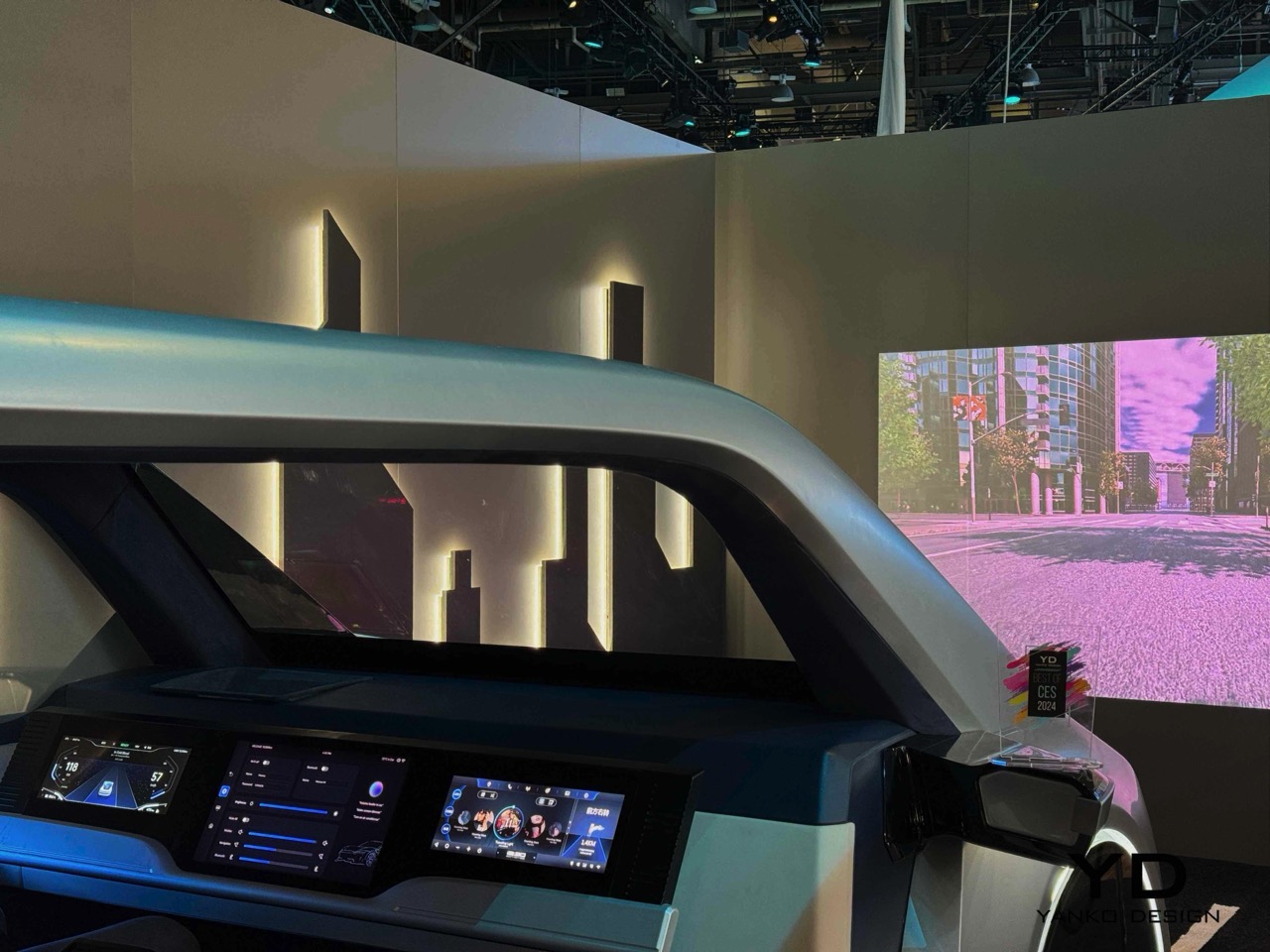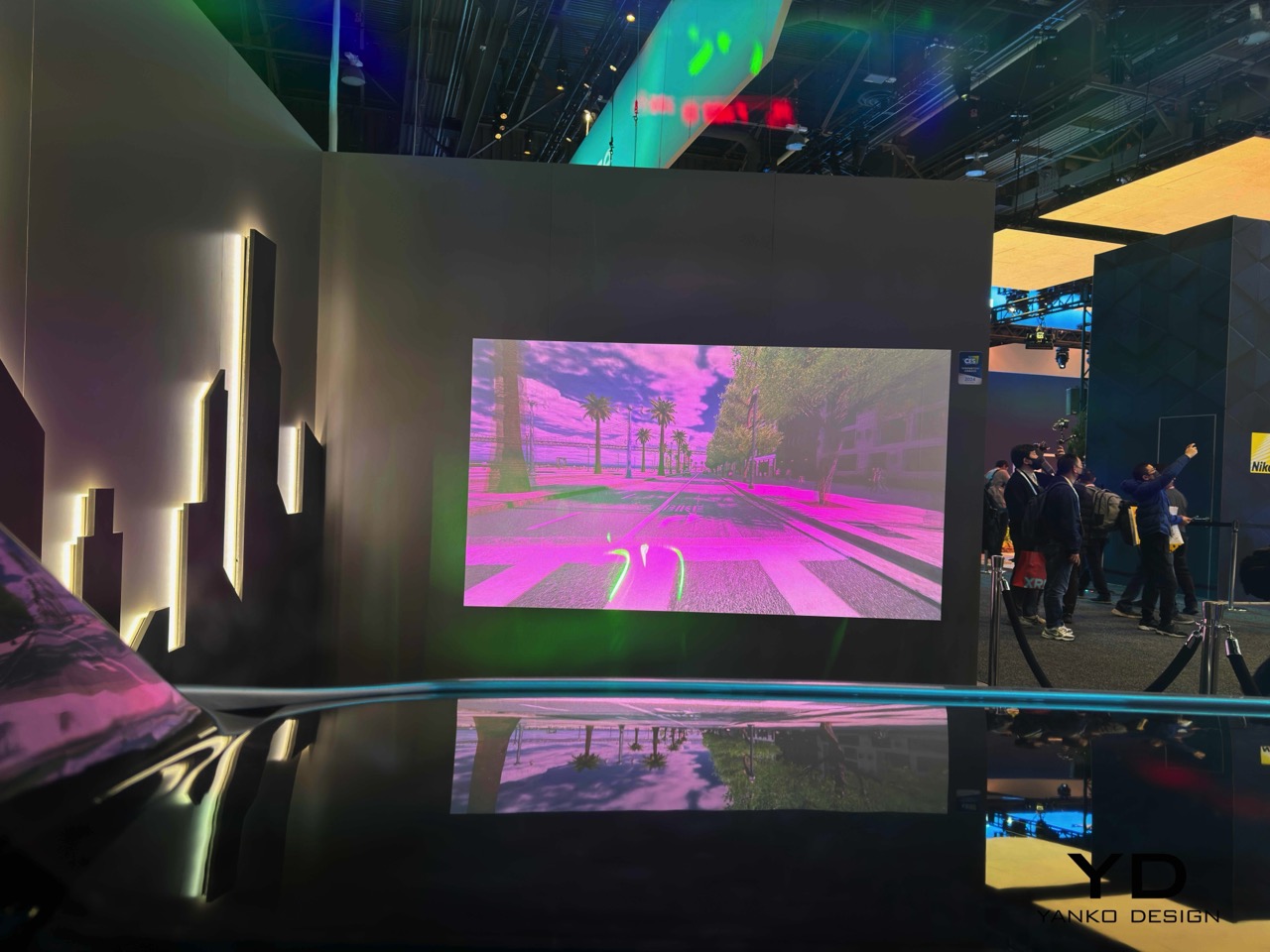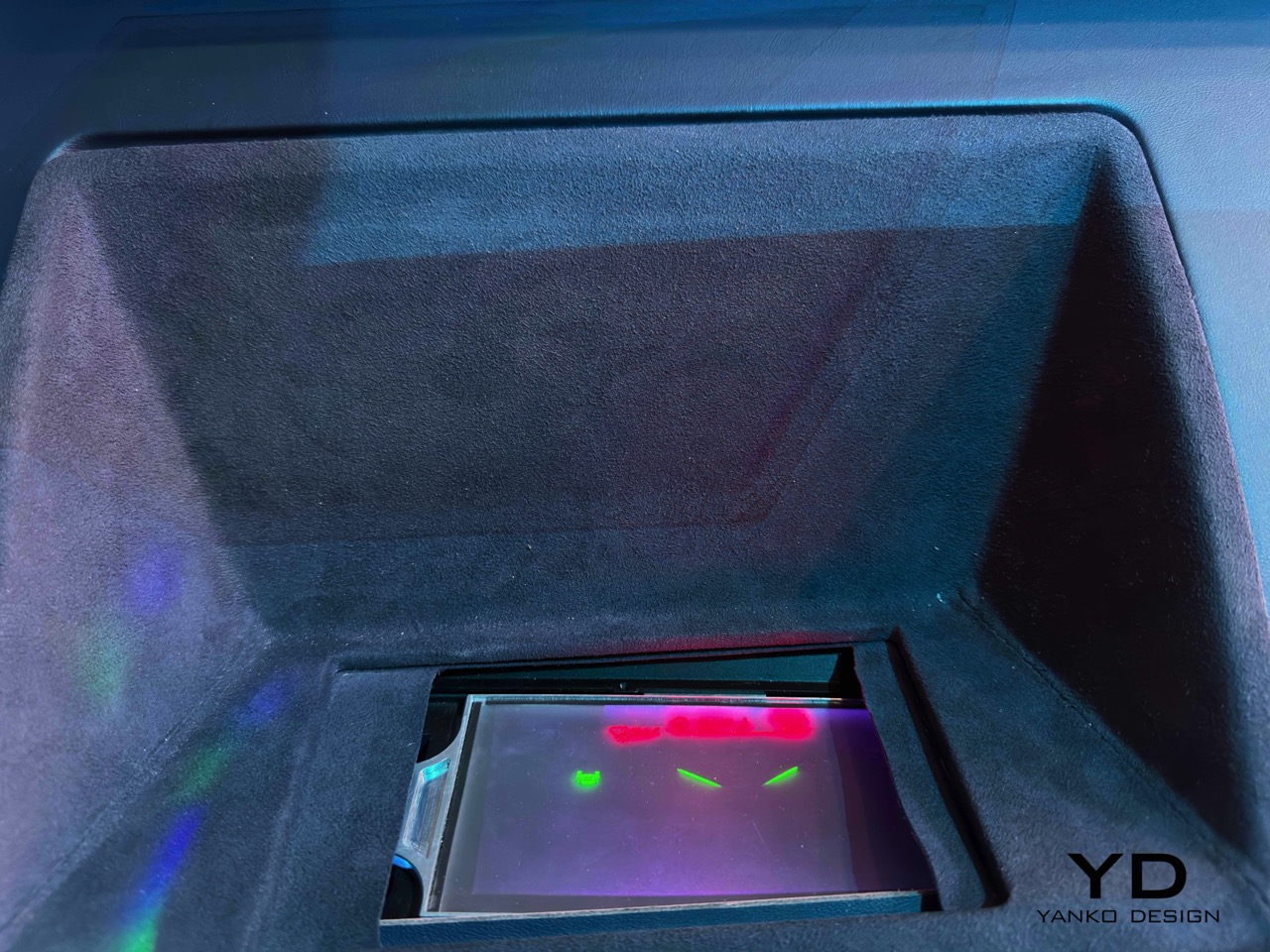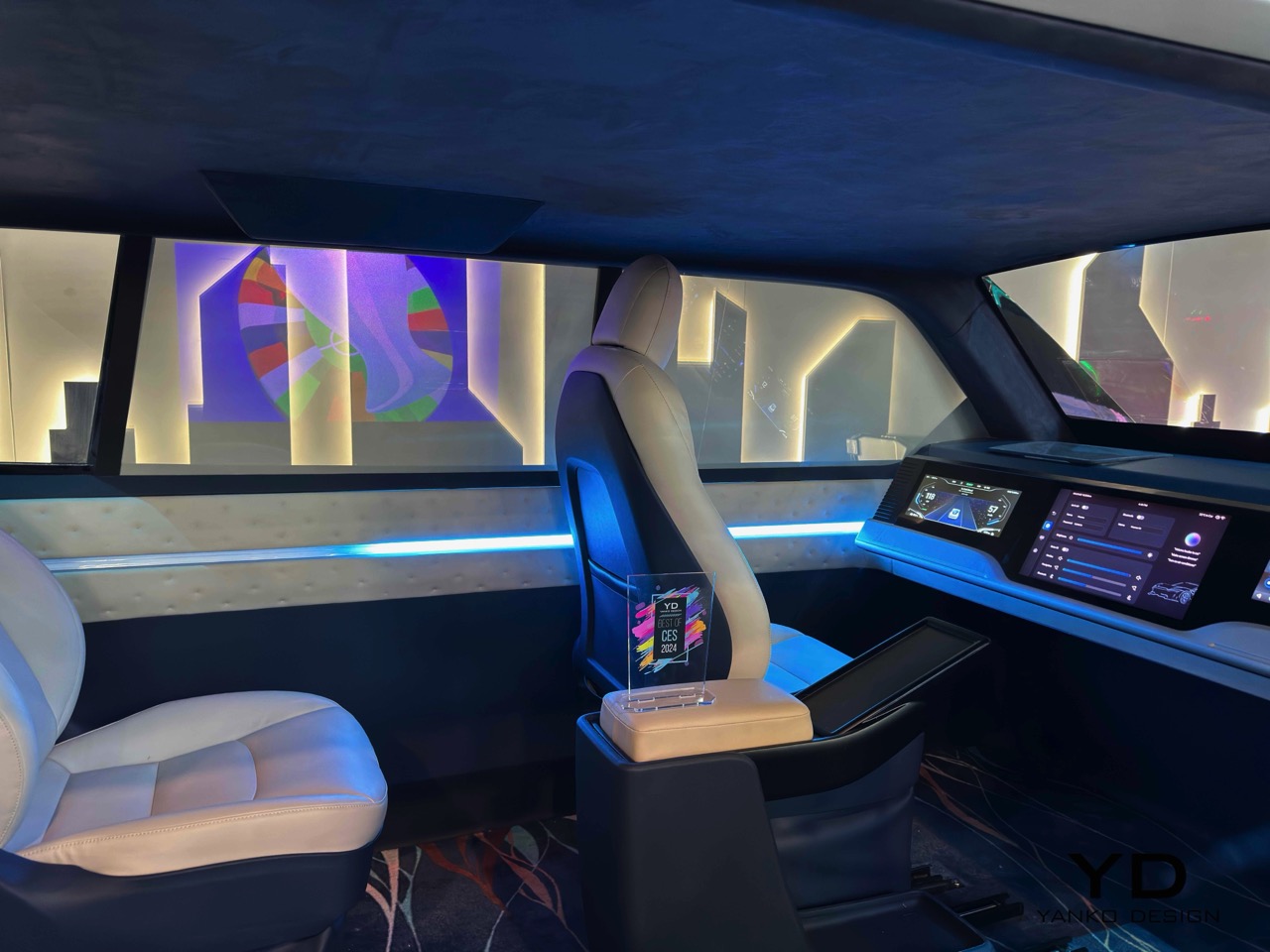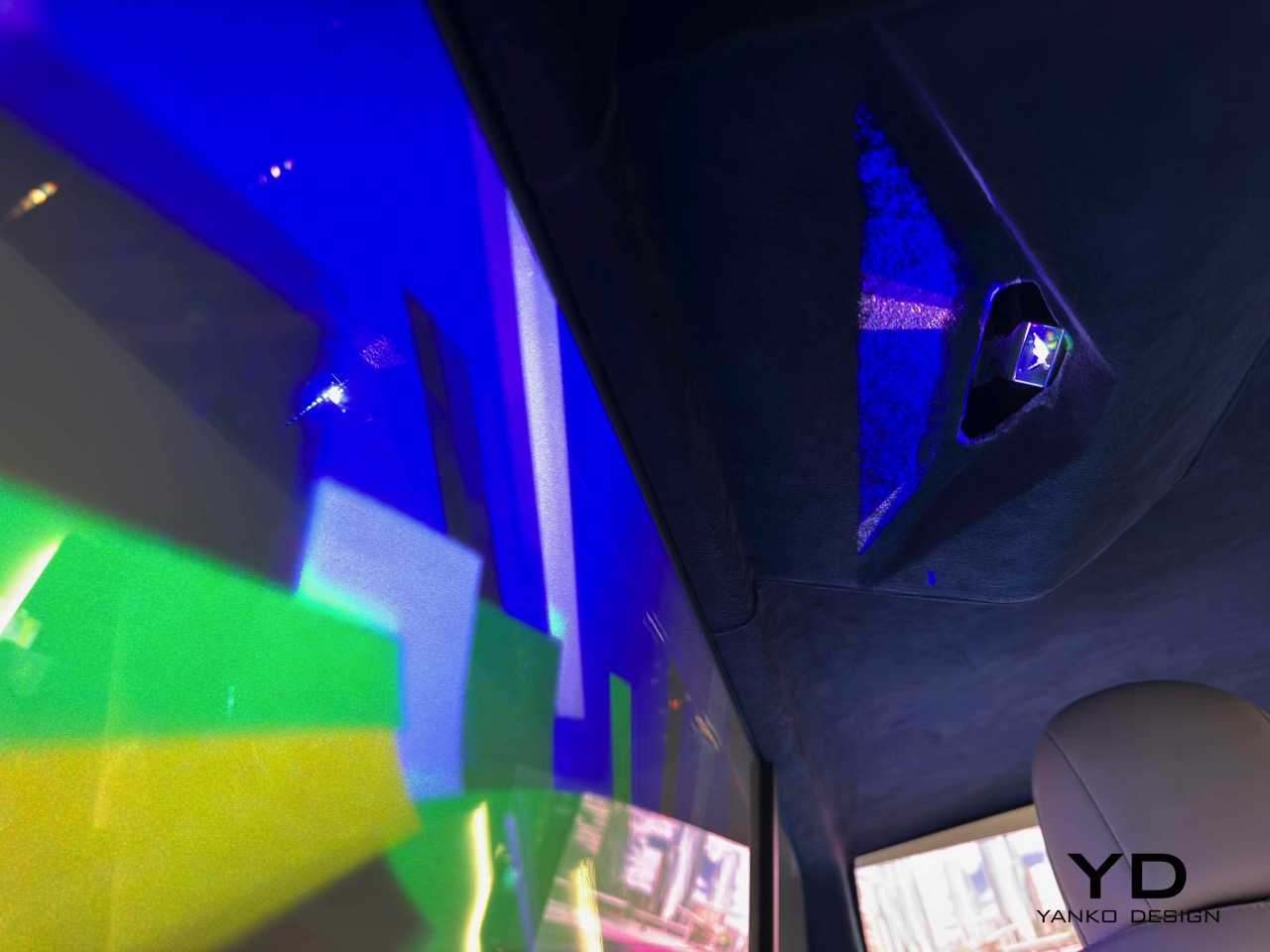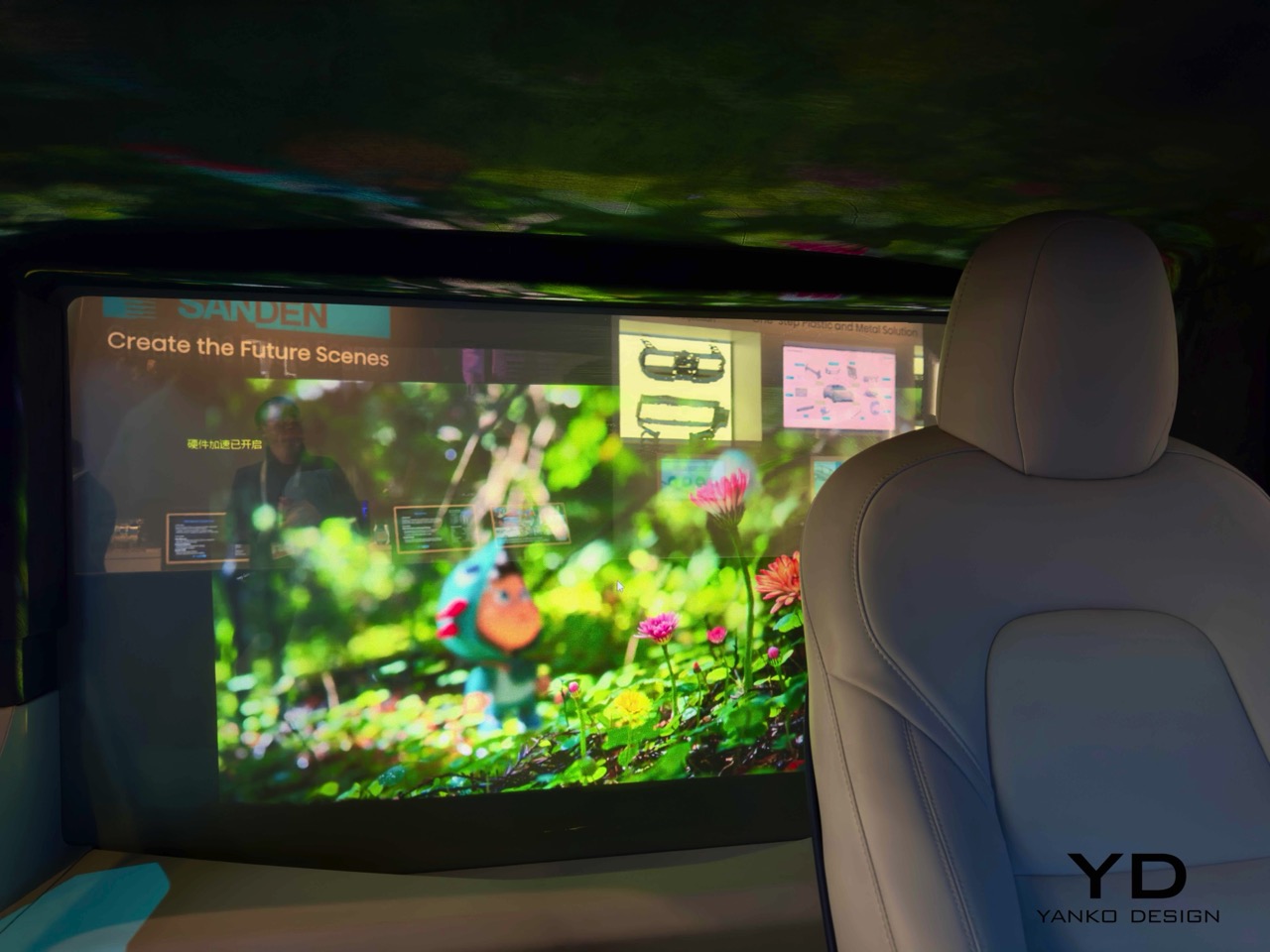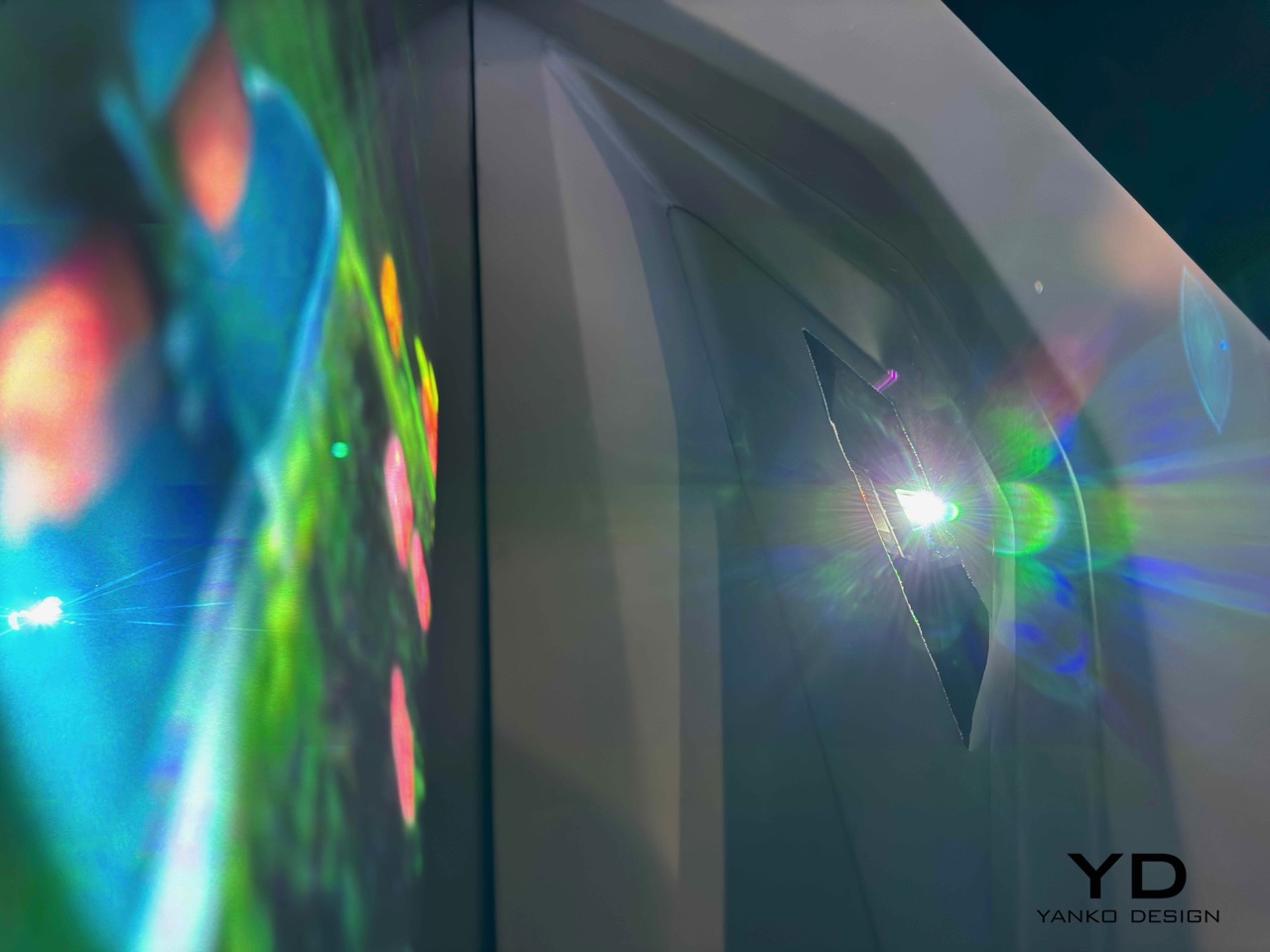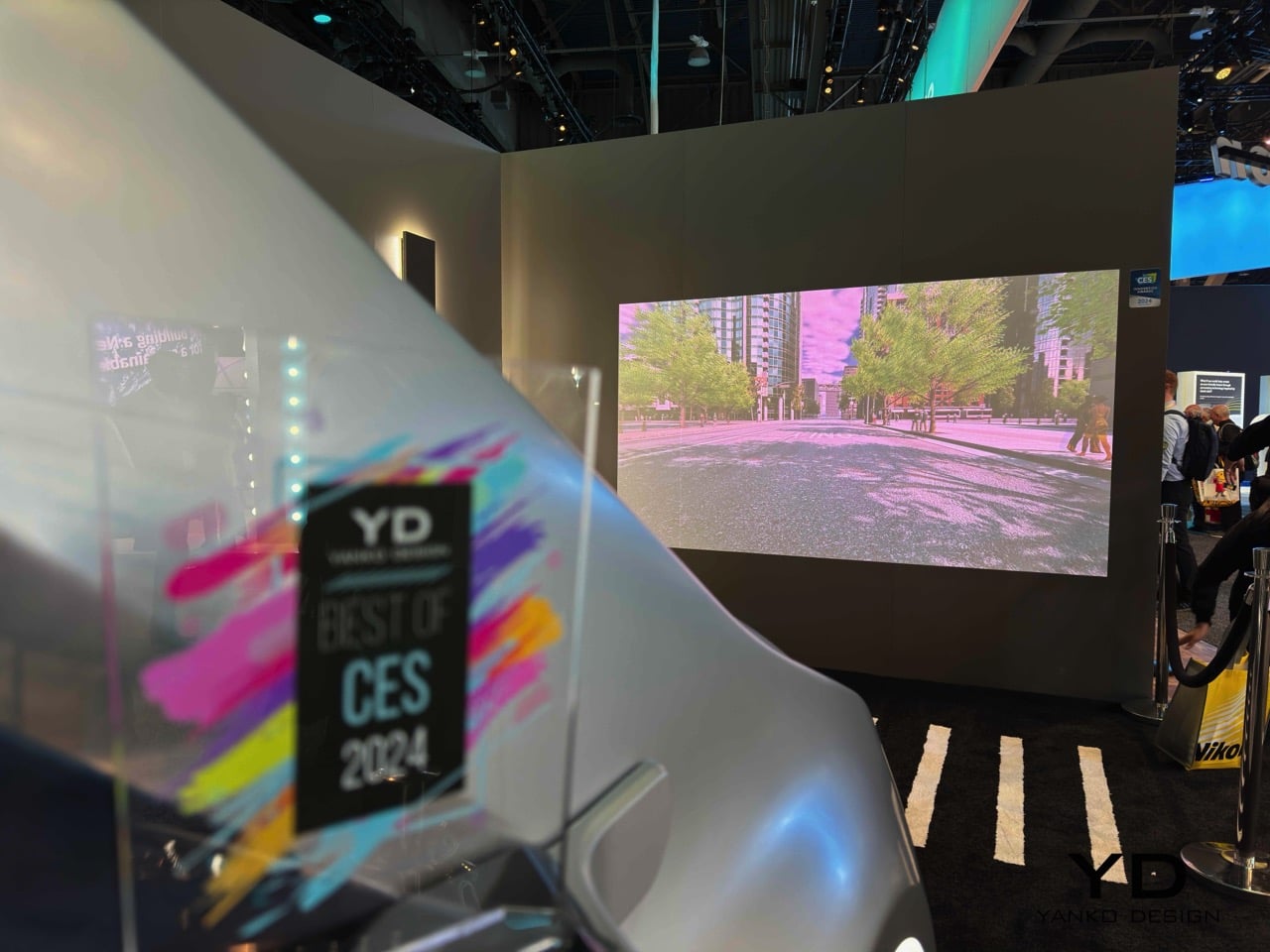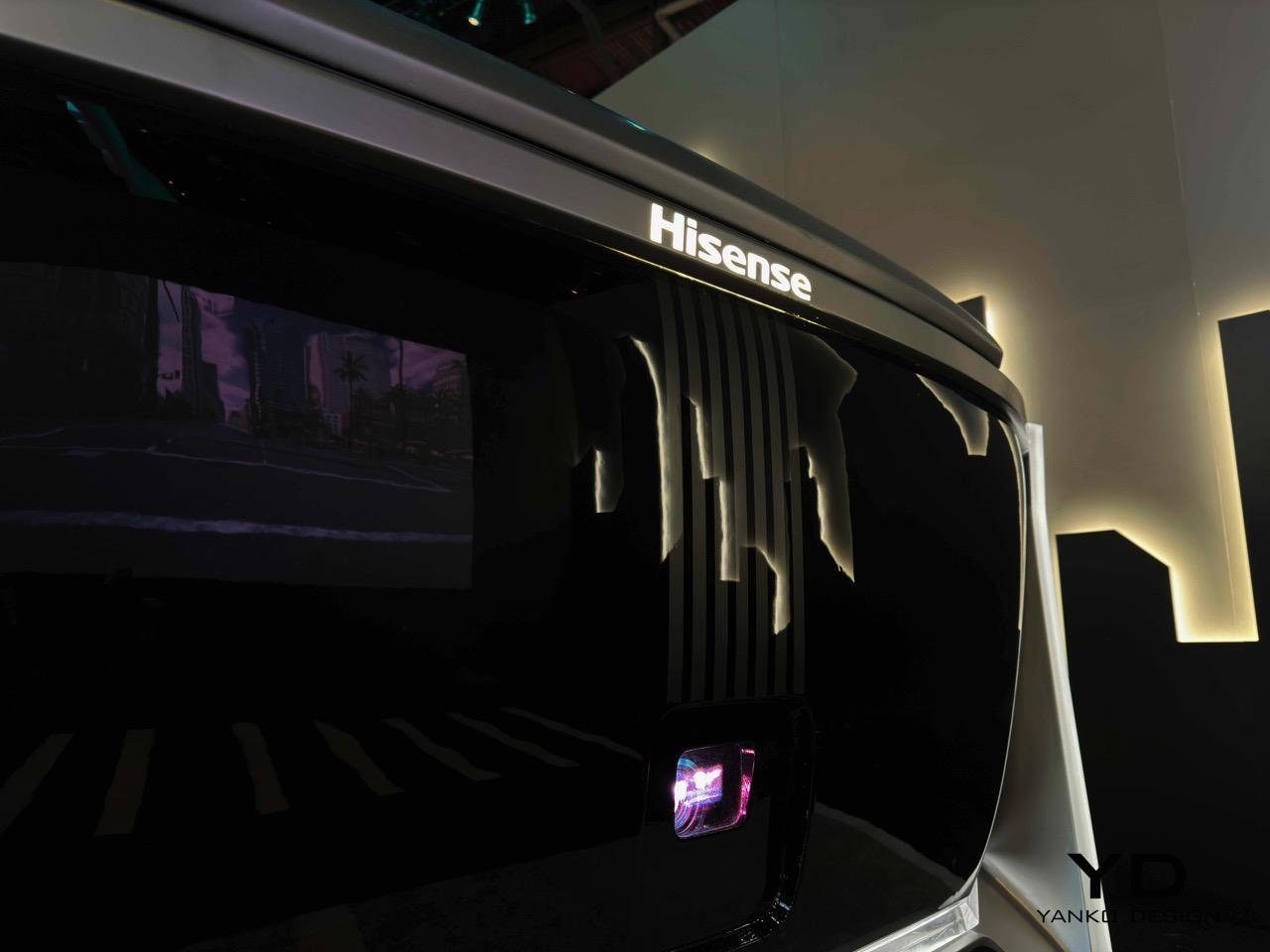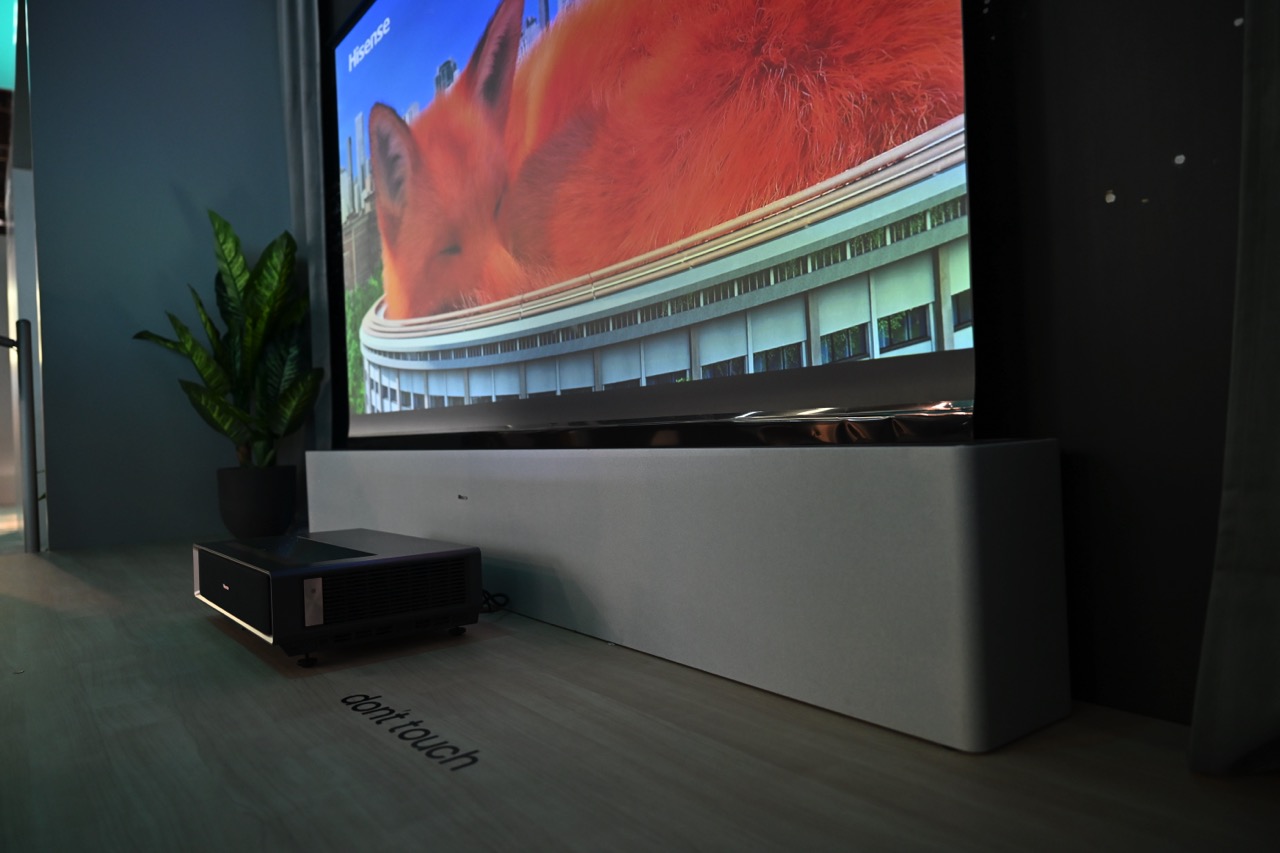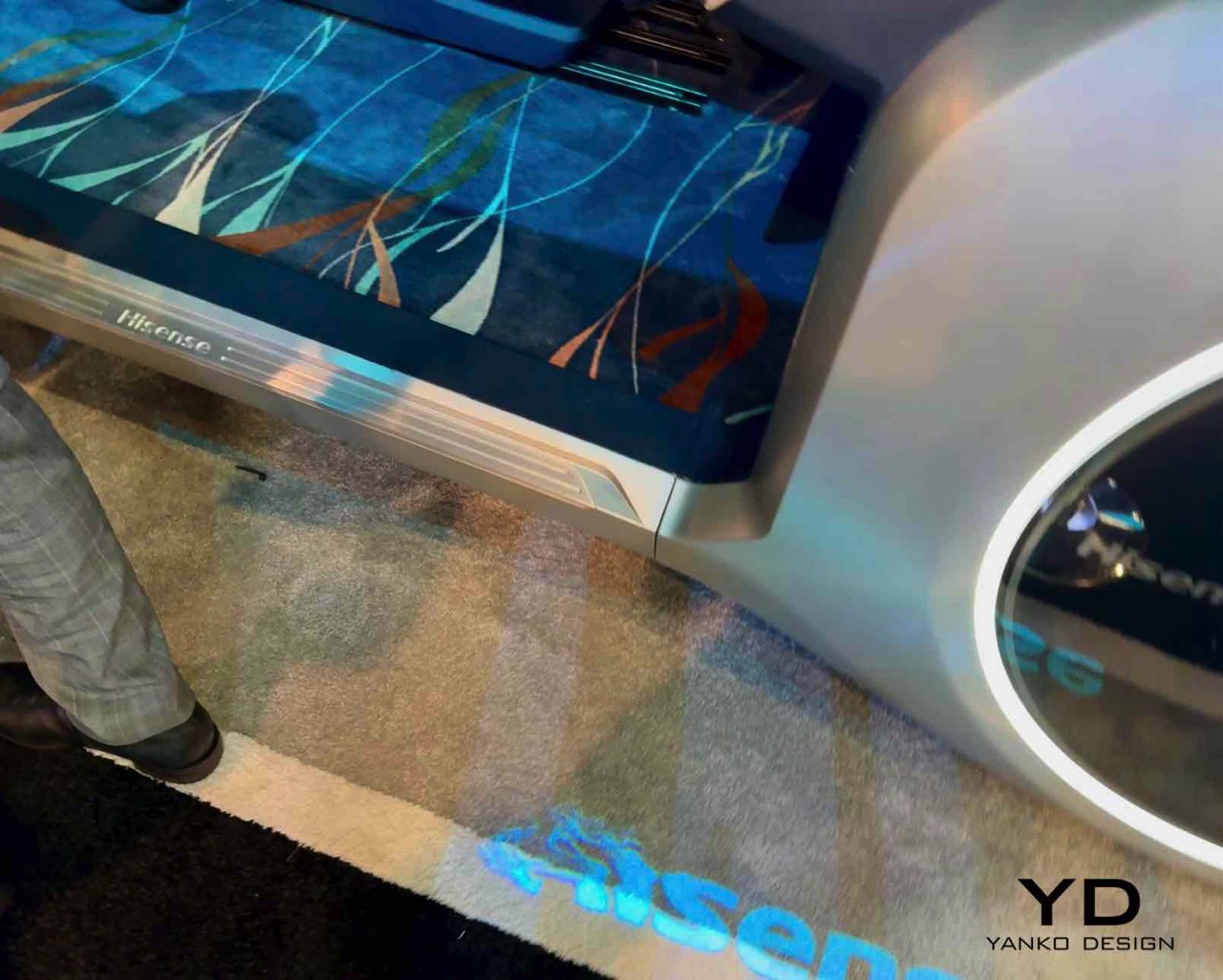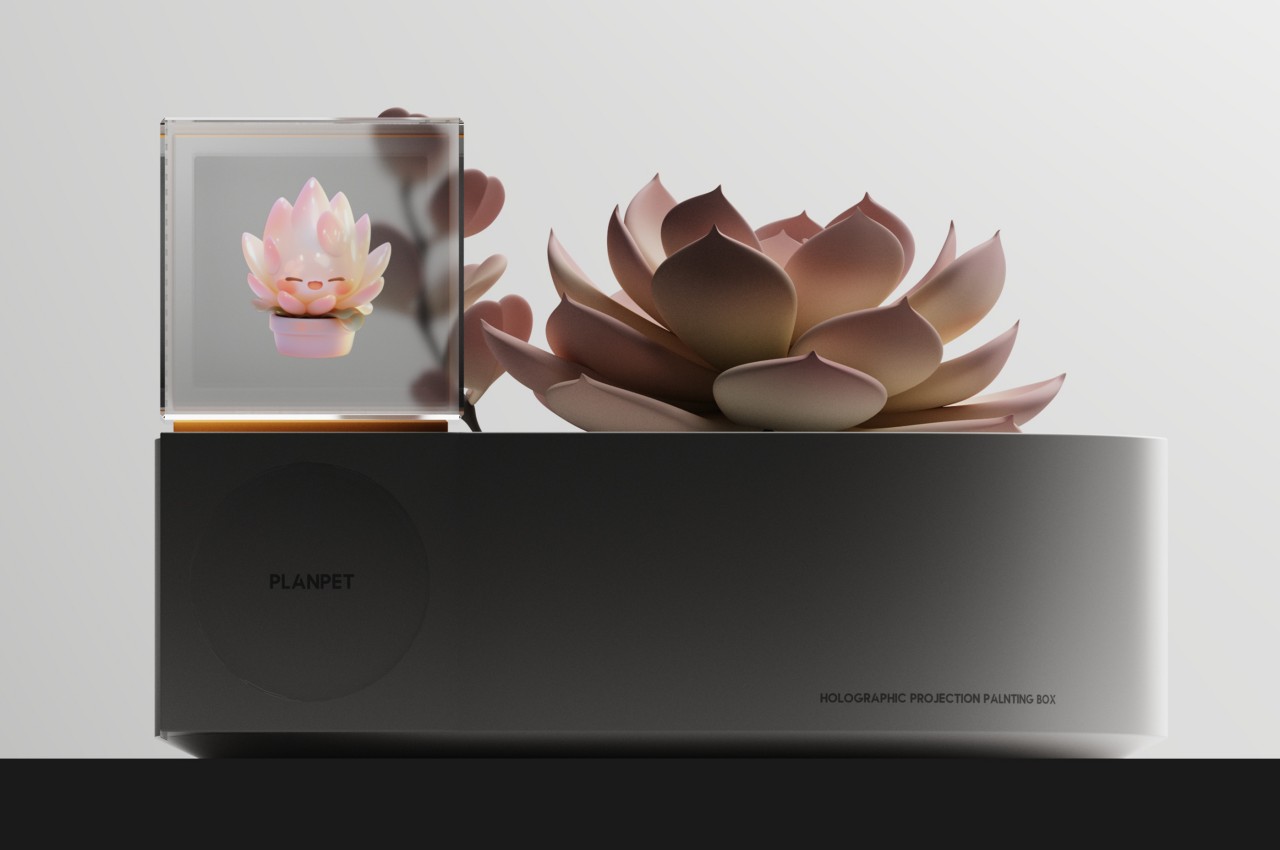
We all know that plants are living things, but we also often just treat them as objects simply because they don’t behave like animals and humans. It’s almost hard for us to wrap our heads around the fact that the mostly stationary creatures in pots are alive until they show signs of withering and dying. We’d probably have a completely different attitude if those plants started to show expressions or visibly react to changes in the environment and human interaction. That’s the kind of paradigm shift that this smart plant pot concept is trying to develop by creating a holographic representation of the plant that makes you feel like you’re taking care of a pet instead of just a succulent.
Designers: Dingyu Xiao, Bouyan Pan, Jianshen Yuan, “me me” (Suosi Design)
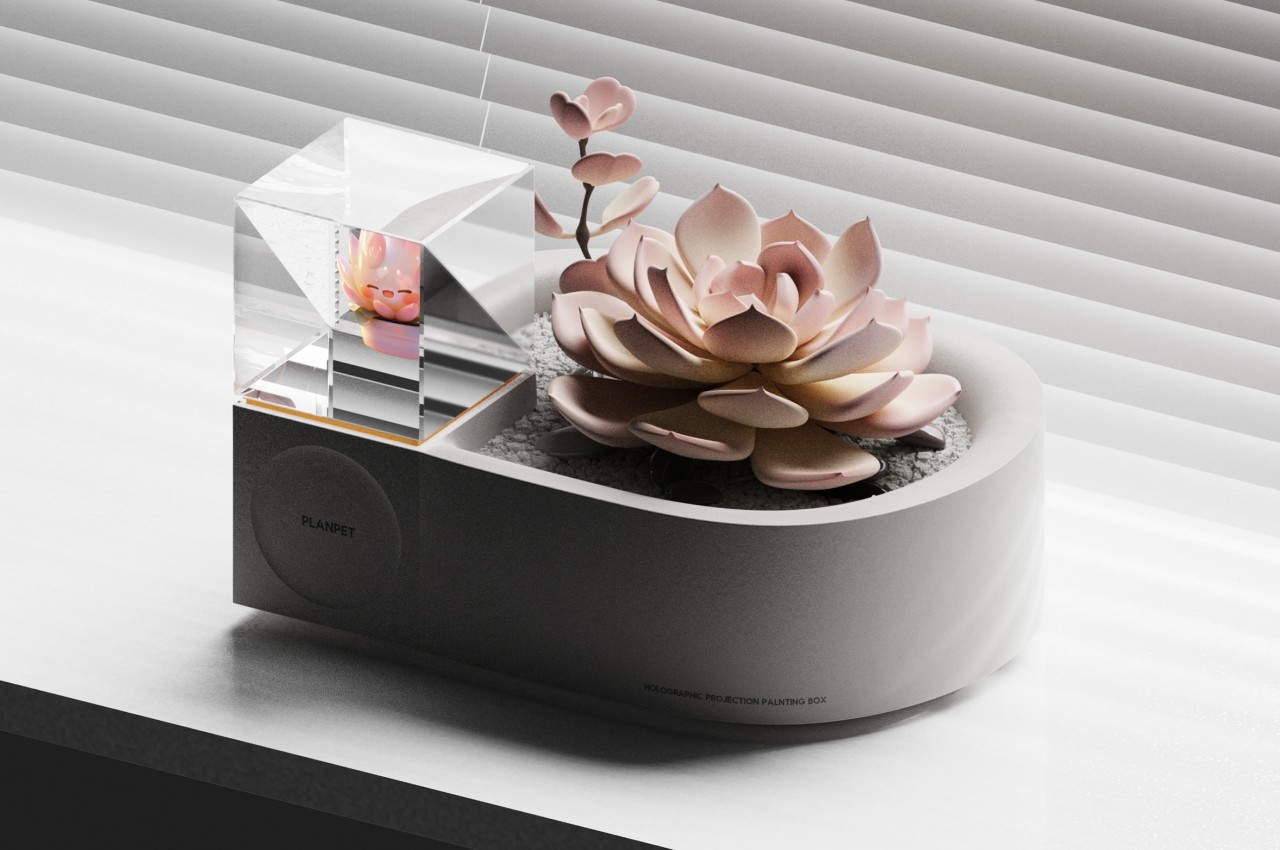
Plants are like pets with very stoic personalities. They don’t immediately react to the way you take care of them but the effects reveal themselves sooner or later, whether they’re good or bad. The delayed feedback might sometimes make us also slow to respond, sometimes leading to a detached and impersonal relationship that could lead to the plant’s untimely demise. Of course, we could just use one of those smart, self-watering planters, but that widens the gap even further.
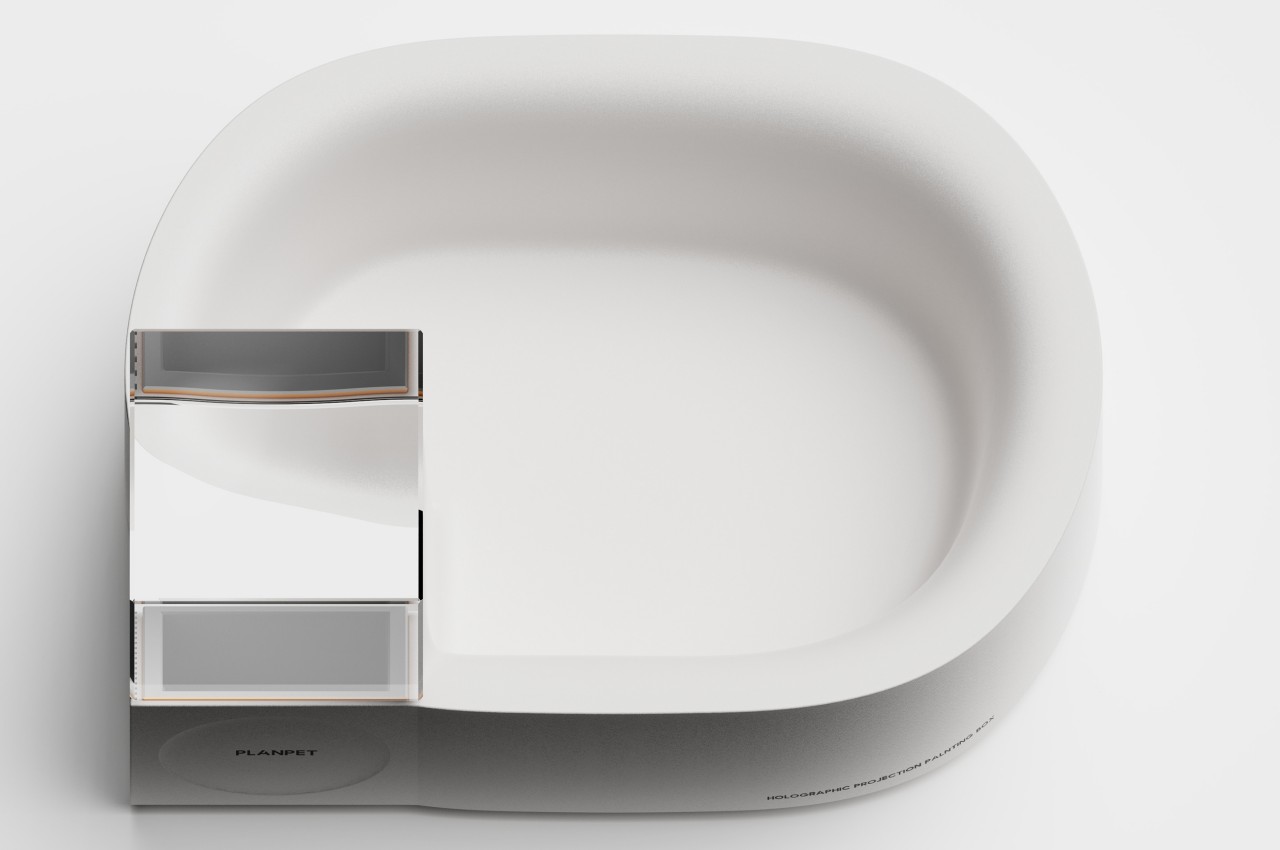
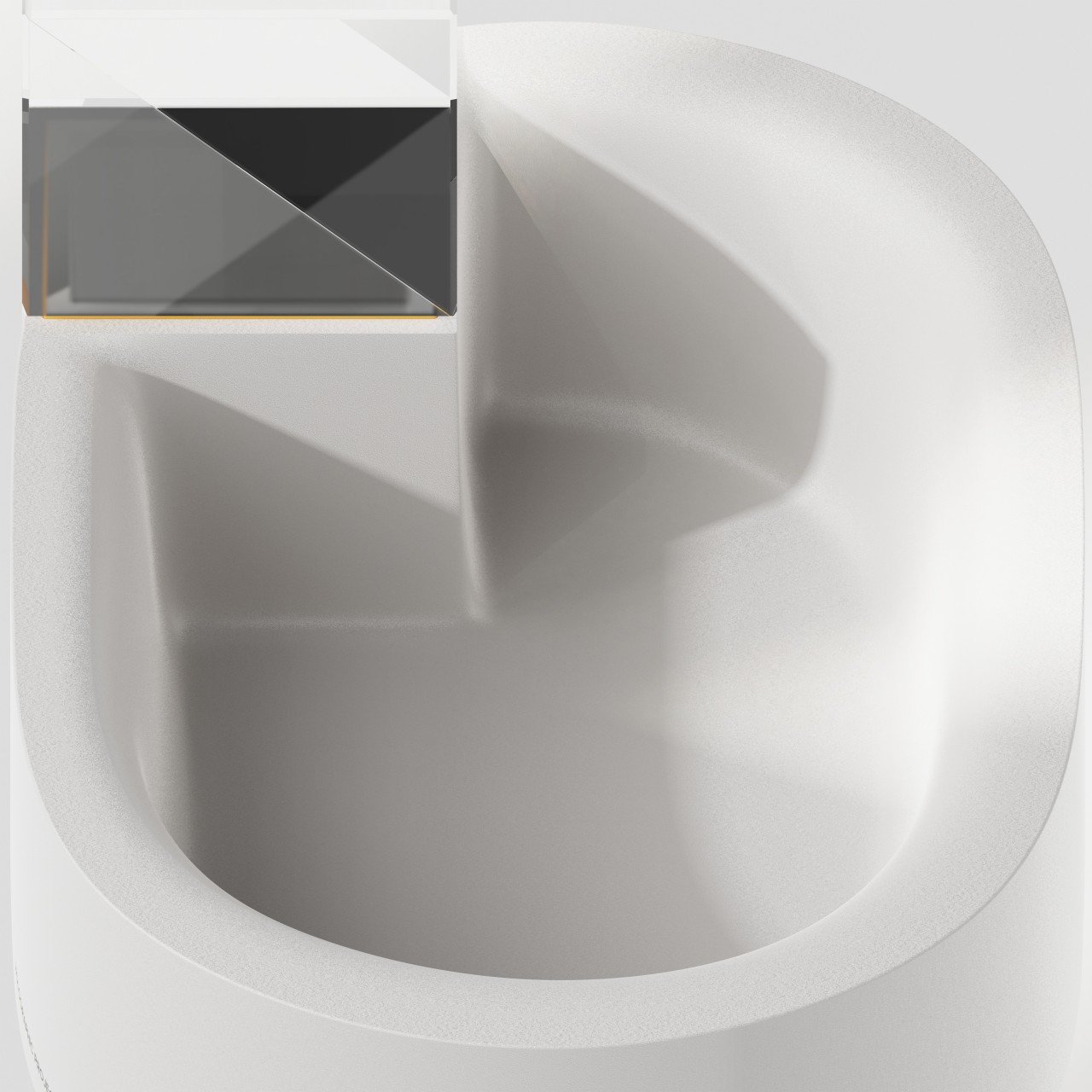
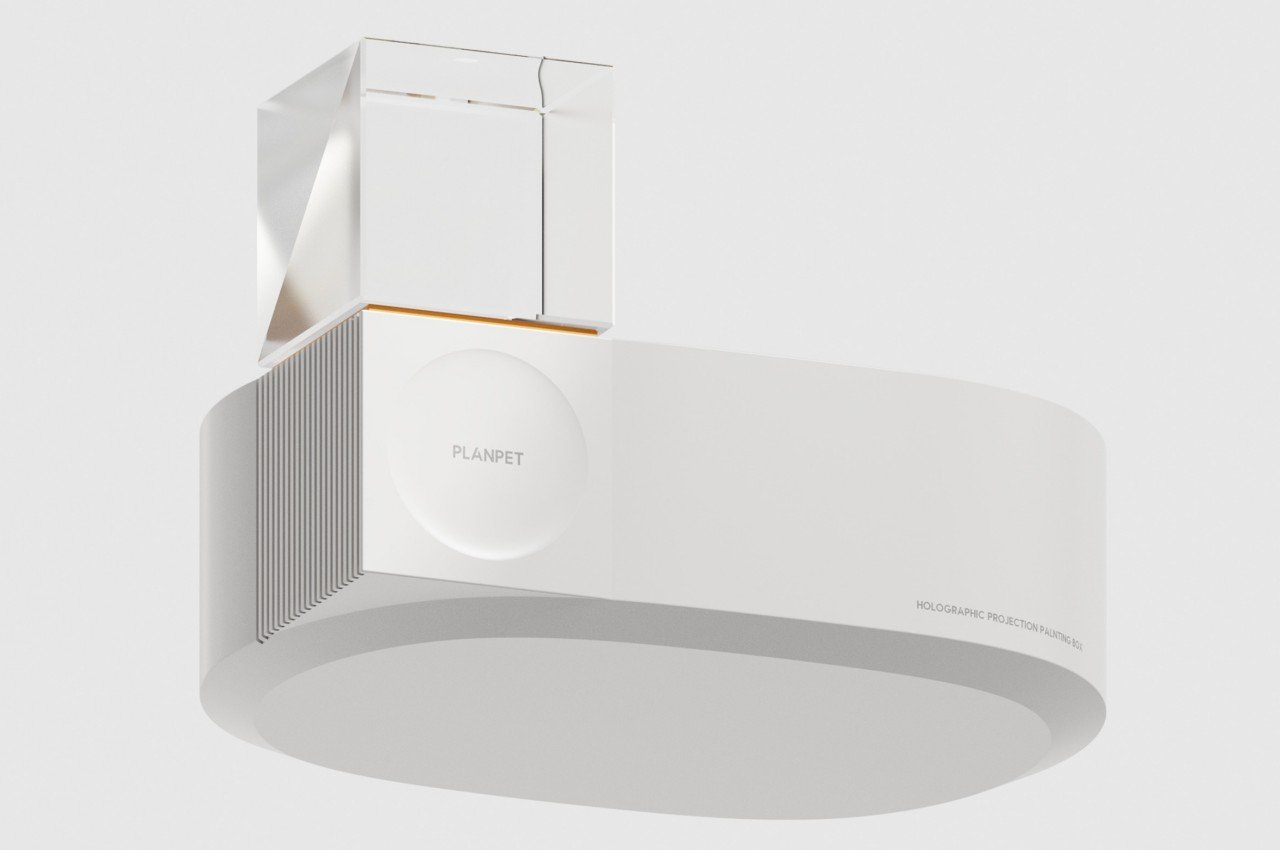
Planpet is a smart plant pot concept that tries to create a more personal connection between humans and plants by giving the plant a face and changing the way we see it. There’s a glass cube standing on one end of the box-shaped pot, right beside where the actual hole for the plant is. This cube isn’t just some extraneous embellishment, however, and is actually a holographic display that shows a miniature 3D representation of the plant with one big difference: it actually has an expressive face.
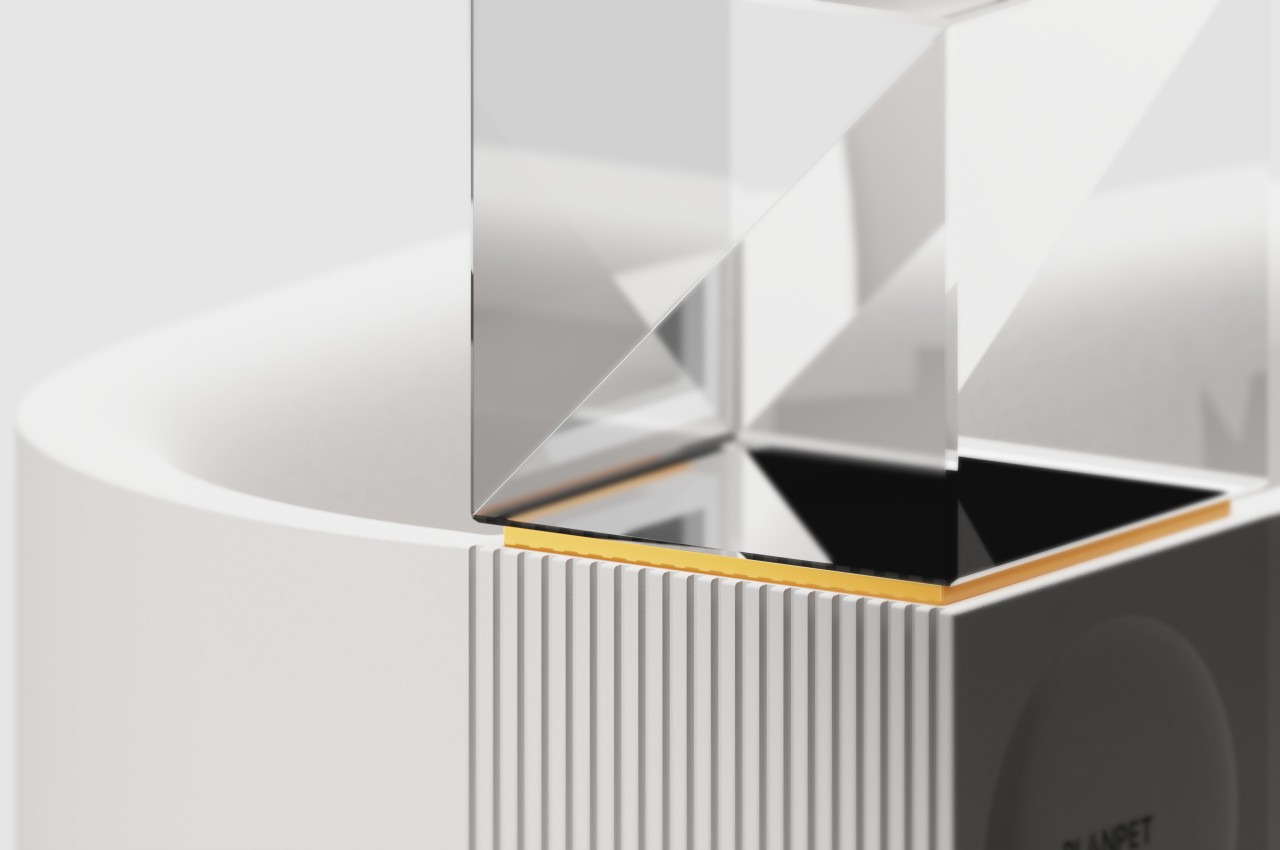
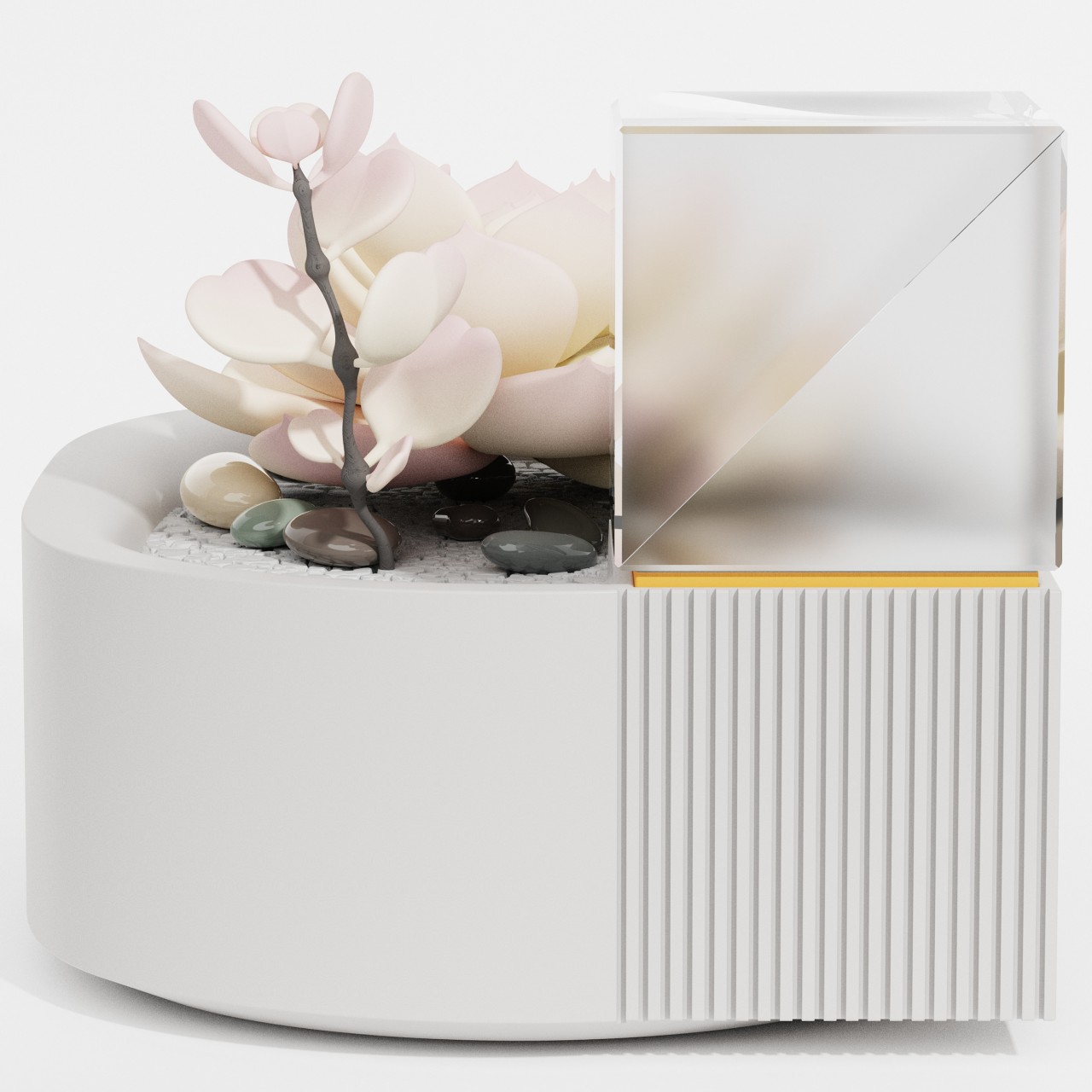
The idea is that the user will select a virtual character that best resembles the type of plant being put in the pot. But more than just a passive face, this virtual plant will change its facial expressions based on real-time soil and environment analysis. It will react when you give it enough light, when you water it, or even when forget to take care of it.
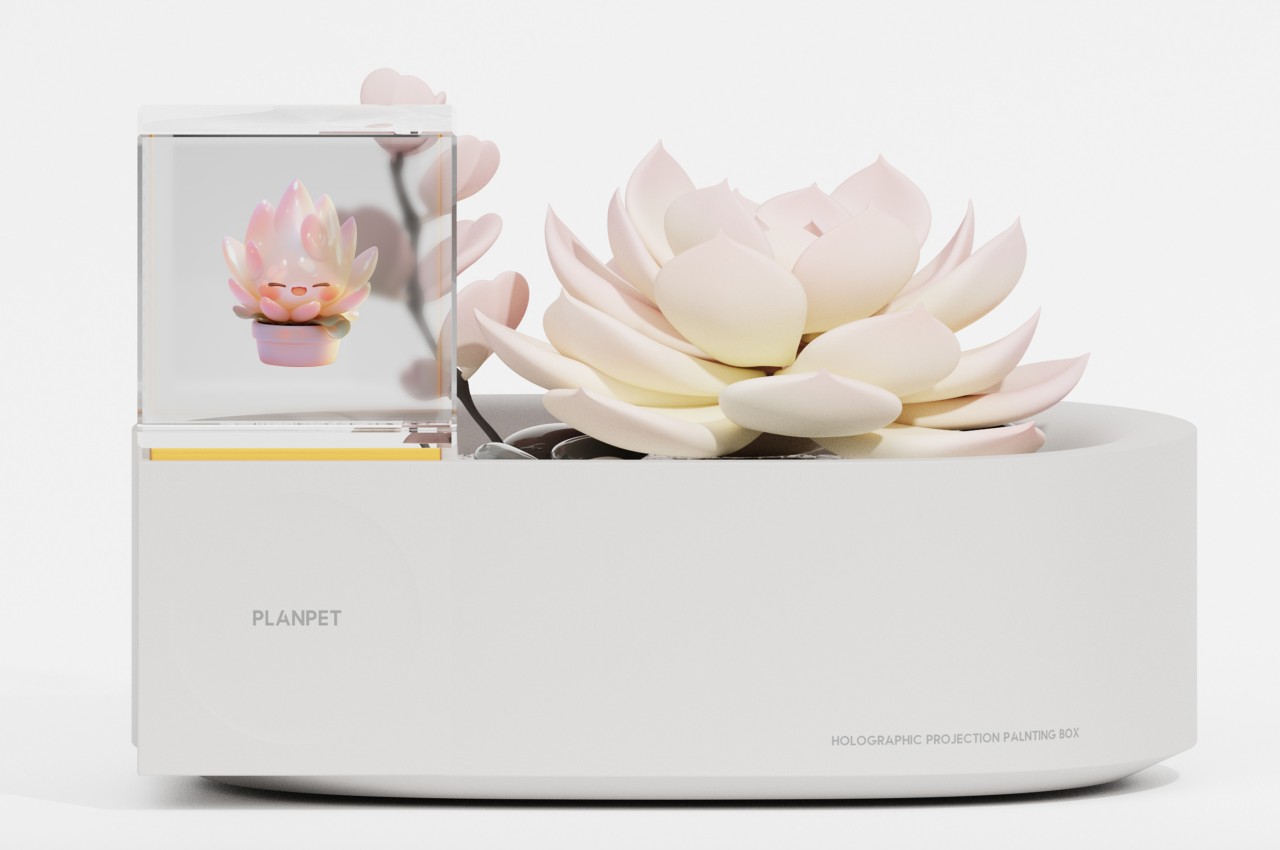
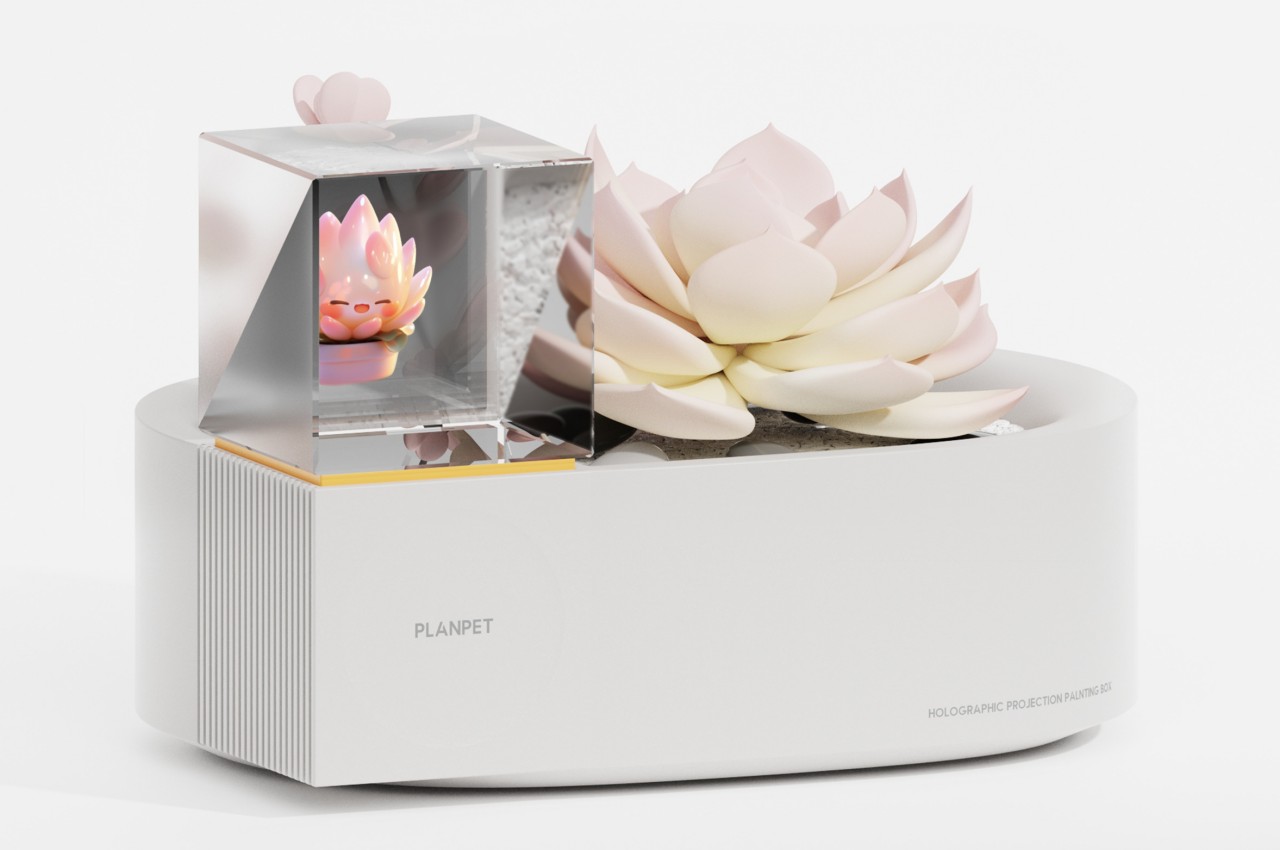
Planpet is pretty much like Tamagotchi for plants but with more significant consequences in the real world. Rather than waiting for the plant to dry up and die before you get a clue, seeing the expressions the “plant pet” makes gives more immediate feedback and warnings when things aren’t going well for the plant. It still won’t be able to dynamically respond to your actions or commands unless you add a pinch of AI, but just having a face that can express some emotions is enough to really make the plant feel more alive, driving home the responsibility of raising a plant just as you would a dog or a cat.
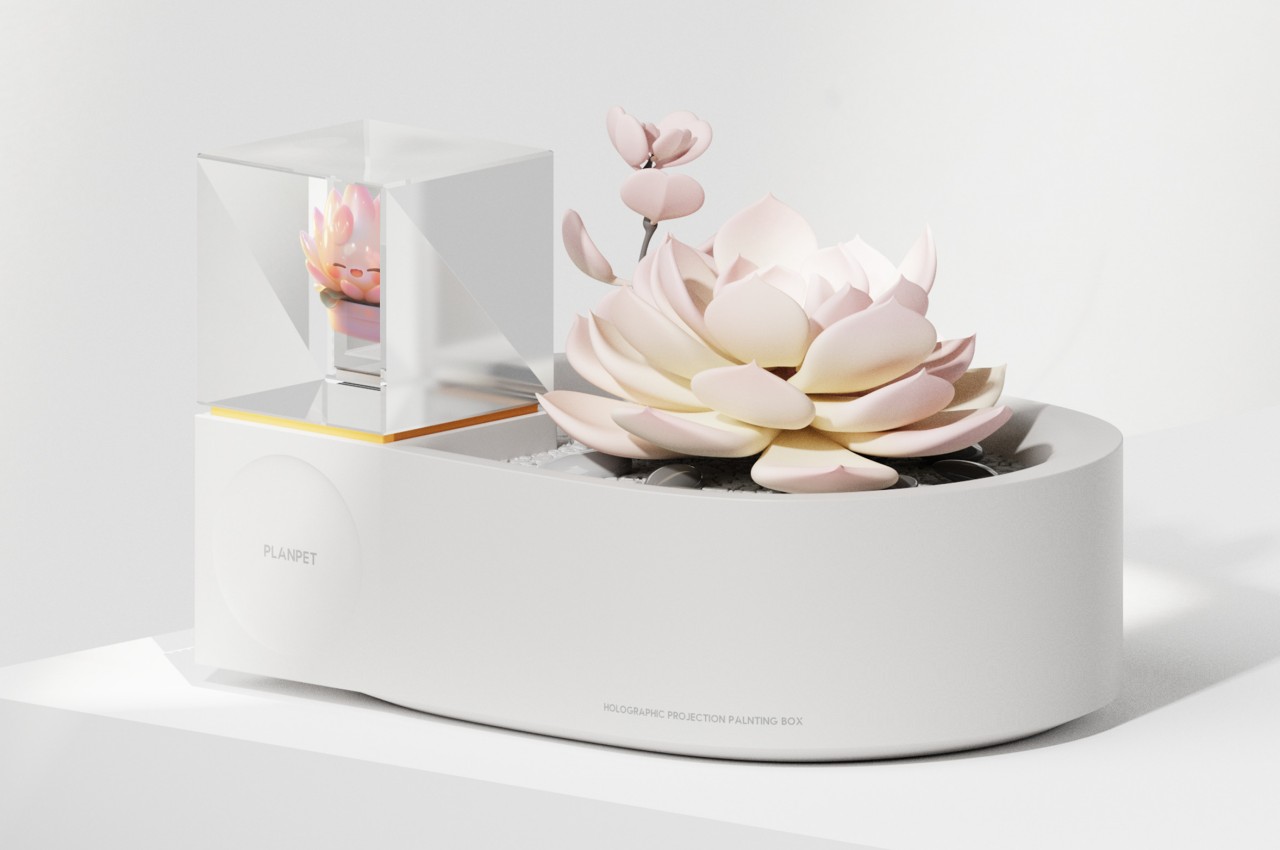
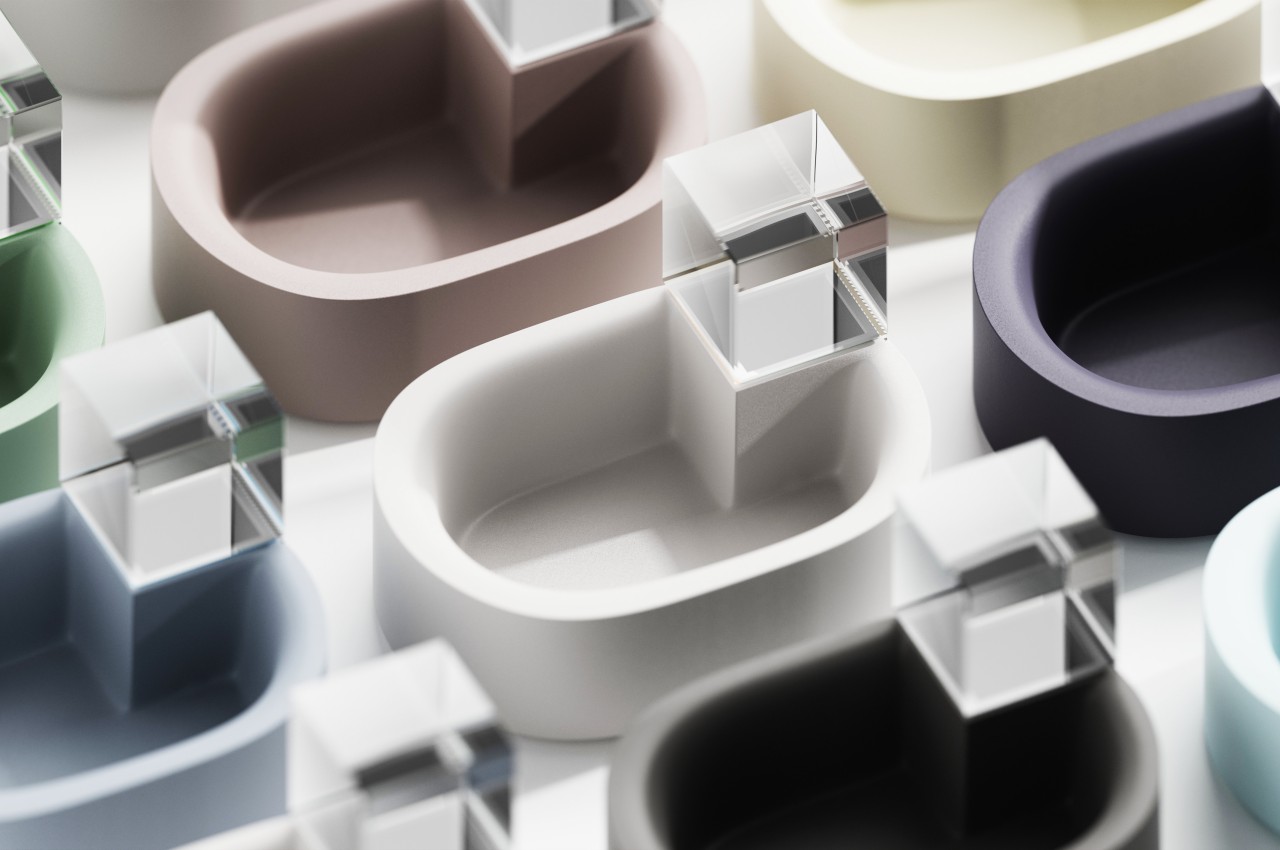
The post Futuristic indoor pot concept turns your plant into a virtual pet first appeared on Yanko Design.
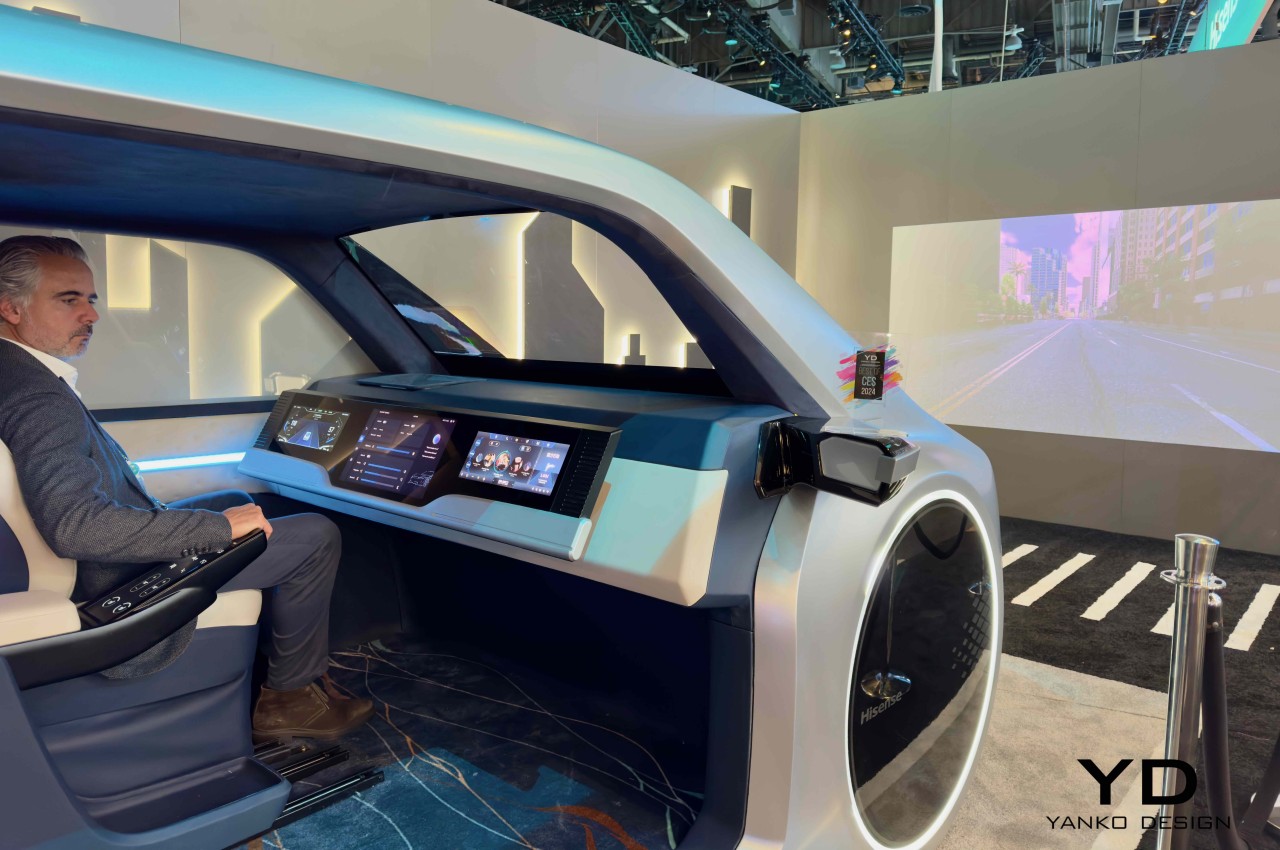
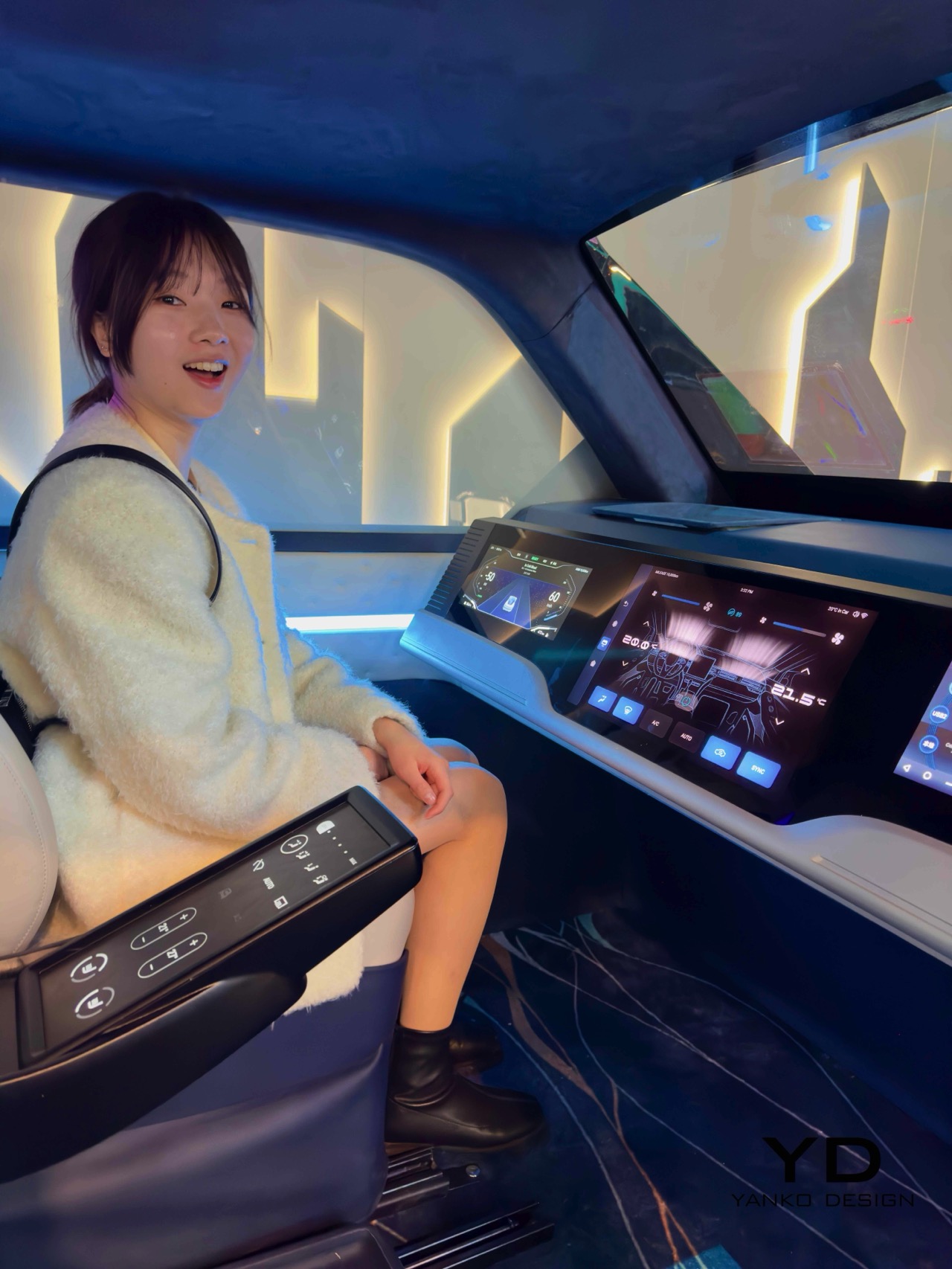
 triple-laser projection system, delivering a color performance 48% superior to traditional LEDs while maintaining a compact form, 80% smaller than conventional optical solutions. Its 200% luminous efficiency makes it the premier choice for automotive displays. The Laser Holographic AR-HUD transforms the windshield into an expansive holographic screen, merging virtual and real-world elements for safer driving. Advanced optical technology further converts side and rear windows into immersive displays, enhancing navigation and entertainment while focusing on safety and compact design.
triple-laser projection system, delivering a color performance 48% superior to traditional LEDs while maintaining a compact form, 80% smaller than conventional optical solutions. Its 200% luminous efficiency makes it the premier choice for automotive displays. The Laser Holographic AR-HUD transforms the windshield into an expansive holographic screen, merging virtual and real-world elements for safer driving. Advanced optical technology further converts side and rear windows into immersive displays, enhancing navigation and entertainment while focusing on safety and compact design.